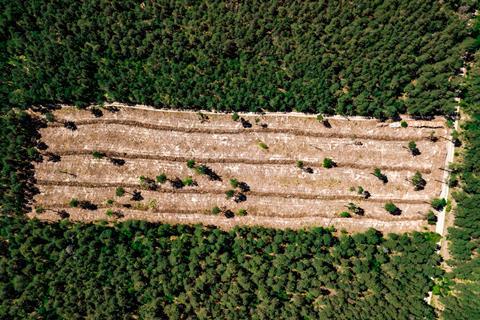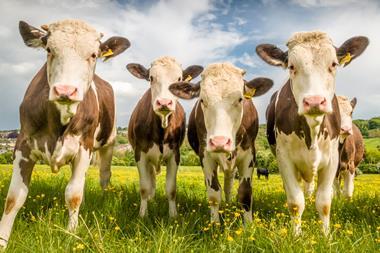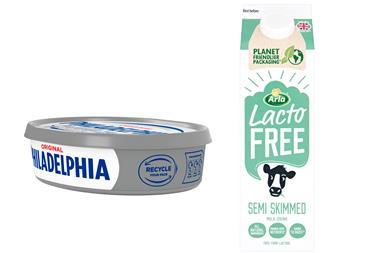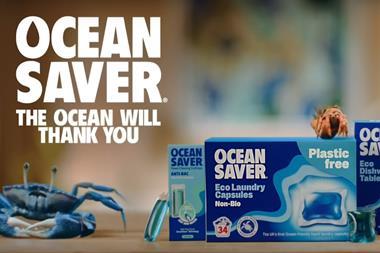
Research by the Science Based Targets Initiative (SBTI) showed 30 of the 84 adjudged high-impact global food, drink and agriculture companies have set net zero carbon targets.
Everyday, more follow their lead. While this is encouraging, activist organisations are concerned the 2050 net zero deadline provides time for laggards to keep their heads in the sand.
Yet if concrete net zero actions aren’t taken, then sand, or unfertile earth, may be all farmers are left with to plant the crops industry require in their products.
Businesses need a focus on their raw materials, as 70% of the food industry’s emissions are estimated to come from agriculture and land use changes within the supply chain.
Whatever the commodity, the question is where is it grown, by whom and how? Those prepared to look will likely find environmental issues related to tropical forests. This isn’t about managing risk, it’s an opportunity to create widespread positive change for the environment, suppliers and the food industry itself.
Certification schemes are the chosen solution for some. We see them as a step on a longer journey rather than a final destination, because a great deal of smallholder farmers cannot afford to be part of such schemes, with Climate Focus reporting 17% of Indonesian palm oil is from a certified source.
Going beyond means reaching a greater proportion of farmers across all raw materials. In their efforts to maintain a livelihood, farmers continue to plant – some clearing carbon-rich forests and soils to do so. There is an opportunity to support them to change.
You need to know where your supply is from, but traceability is a means, not an end. The key is to identify the leverage points, whereby a big supplier can be supported to influence large swathes of its subsequent supply base to use better practices. The challenge is about finding ways for suppliers to take ownership of the journey.
There are many tools to help business leaders do so in their supply chain. Using data or the result of an assessment is a great way to start the conversation. While tools vary from satellite monitoring to measuring the carbon of a forest area, ultimately a presence in the country where a commodity was grown is required.
We have field teams supporting companies in these countries. This builds trust with suppliers and farmers, before working together on a path towards low carbon, low pesticides, better soil health, no deforestation and improved farmer resilience.
For example, Nestlé supported Peru’s biggest palm oil company (Grupo Palmas) to protect 15,000 hectares of forest and transform it into a nature reserve, while also improving the production of smallholder farmers, allowing for the palm oil supply to increase in the country. With our support and Nestlé’s investment, the collaboration also has hundreds of community members aligned to protect the reserve.
This shows carbon reduction is as much about people as it is the environment. If given the opportunity and support, smallholder farmers can be stewards of the environment.
The same applies to indigenous tropical forest communities. Research published this year in Ecology and Society showed how indigenous people often outperform government and conservation organisations when it comes to sequestering carbon.
In summary, companies need to set targets, get supply chain and sourcing information, and engage people in the field in their supply. It sounds straightforward, but there is much work to be done.


















No comments yet